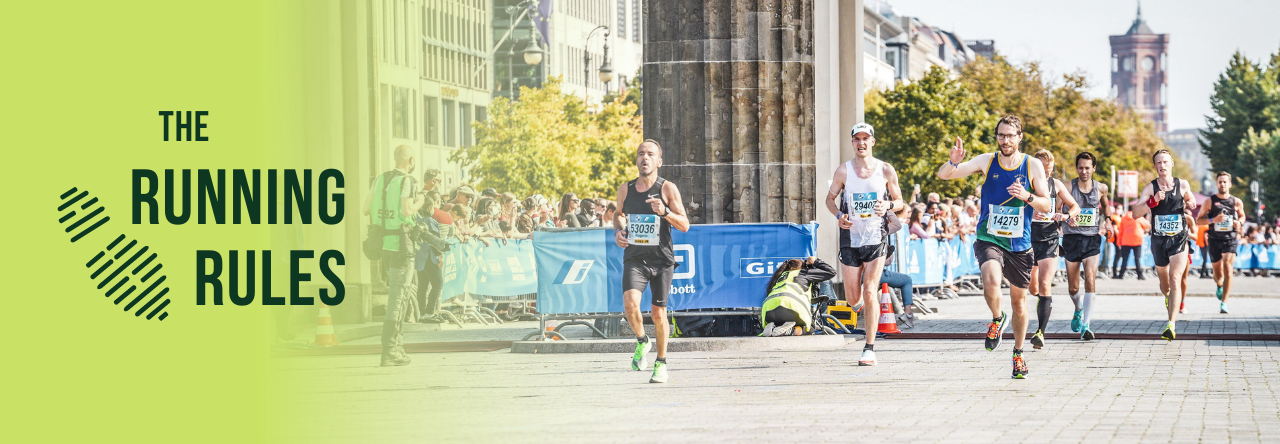How to control your breathing and your pace
Do you ever find your breathing is out of control on a run? Do you find yourself running faster than you can manage? Do you need to stop just to get your breath back? If so, following this simple technique can help eliminate your breathing problems on a run and help you run and train more efficiently.
Have you ever thought about how you breathe on a run? Quite possibly not, why would we? We don’t think about breathing the rest of the time, it’s something that just happens.
Most of us just run without thinking much about what we’re doing at all. If we do think about anything it is likely to be focusing on how fast we’re going or some aspect of our form, maybe foot strike, swinging arms or running tall.
However, it goes without saying that breathing is critical when running. Breathing is what gets oxygen to your muscles to give you energy to run. You need enough oxygen to sustain the effort you are putting in.
The worst thing that can happen is if you start to panic that you are not getting enough air. This is when you start breathing uncontrollably to get more air in and will most likely have to stop to recover.
The key is to moderate your pace and breathing together so that they are in sync with each other. i.e. the faster you go, the faster you need to breathe. However, if your breathing becomes too fast you can reduce it but only by reducing your pace at the same time.
To do this, you take the same number of strides for every breath in or out. The number of strides will be dictated by the intensity of the workout and also your average cadence (how many strides you take per minute).
The numbers below are my suggestion but you may want to add 1 to some if you have a particularly high cadence (200+).
Interval pace (more than 90% effort) – 1 stride per breath in or out
Tempo pace (80-90% effort) – 2 strides per breath in or out
Marathon pace (70-80% effort) – 3 strides per breath in or out
Long run pace (60-70% effort) – 4 strides per breath in or out
Easy pace (less than 60%) – 5 strides per breath in or out
Taking marathon pace as an example, you would start breathing in when your left foot touches the ground. You would keep breathing in while your right and left touch the ground again.
Start breathing out when your right hits the ground for the second time. Continue to breathe out as your left and right touch the ground again. The cycle starts again when your left foot hits the ground for the fourth time and you start breathing in again.
If you’re having difficult getting the rhythm right simply start by counting rather than breathing. Count as your feet hit the ground, replacing ‘One’ with ‘In’ or ‘Out’ depending which way you are breathing – ‘In, two, three, out, two three’.
If you’ve got the rhythm but finding you need more breath then try breathing a bit more deeply. You can practice breathing more deeply without running just by sitting and trying to breath in counting up to ten and out counting up to ten.
If you’re still having problems and need to breathe faster then try dropping your pace slightly to make it easier. It may seem counterintuitive to take fewer breaths when running at an easier pace but because you are not working as hard you won’t need to breathe as fast.
You should be able to reach a point where you can take three strides per breath but you cannot run any faster. This is fine – your breathing is now limiting your pace not the other way round. Breathing is the most important thing, pace comes second.
Now that you’ve mastered the trick, you can run faster by changing your breathing pattern. If you want to run at tempo pace, just take two strides per breath instead of three. You can even change it mid run if you’re doing a session with variable pace in it.
There are three great benefits to this. Firstly, your breathing is now controlled. Secondly, your pace is now controlled. The third benefit is more subtle.
You may think you have no issues with breathing and always feel comfortable. But it may be that you always have the same stride to breath pattern and it may be inefficient. If you are only taking two strides per breath even on long or easy runs, the chances are those breaths are quite shallow so you are not practising the deep breathing you’ll need when pushing yourself.
You may also be running those long or easy runs faster than you mean to. Following this technique and taking 4 or 5 strides per breath will really limit the pace you can manage. However, it should still feel easy because your breathing is slow, deep and controlled.
Try following the breathing maximisation technique next time you’re out for a run and let your core control your legs not the other way round!
